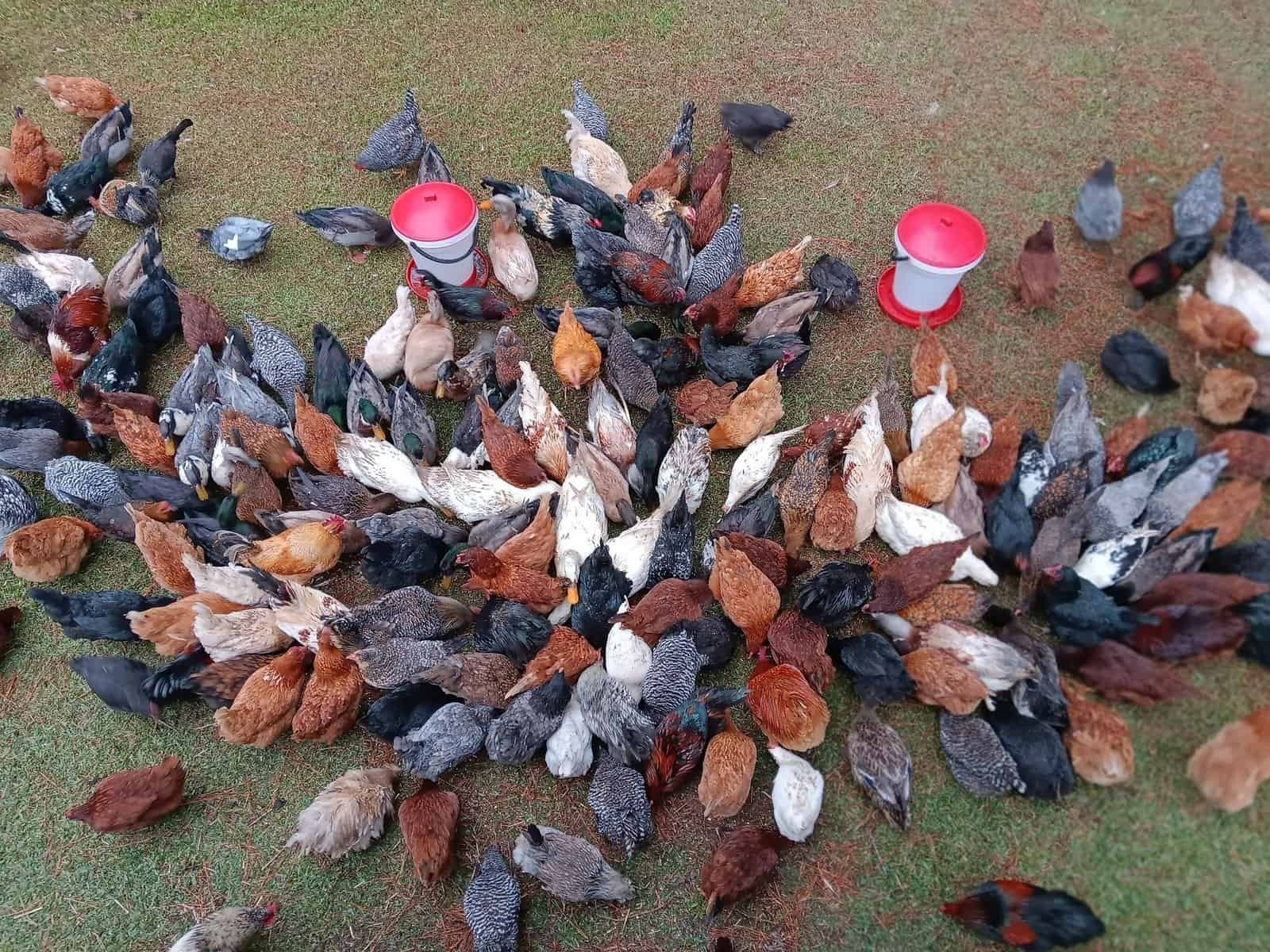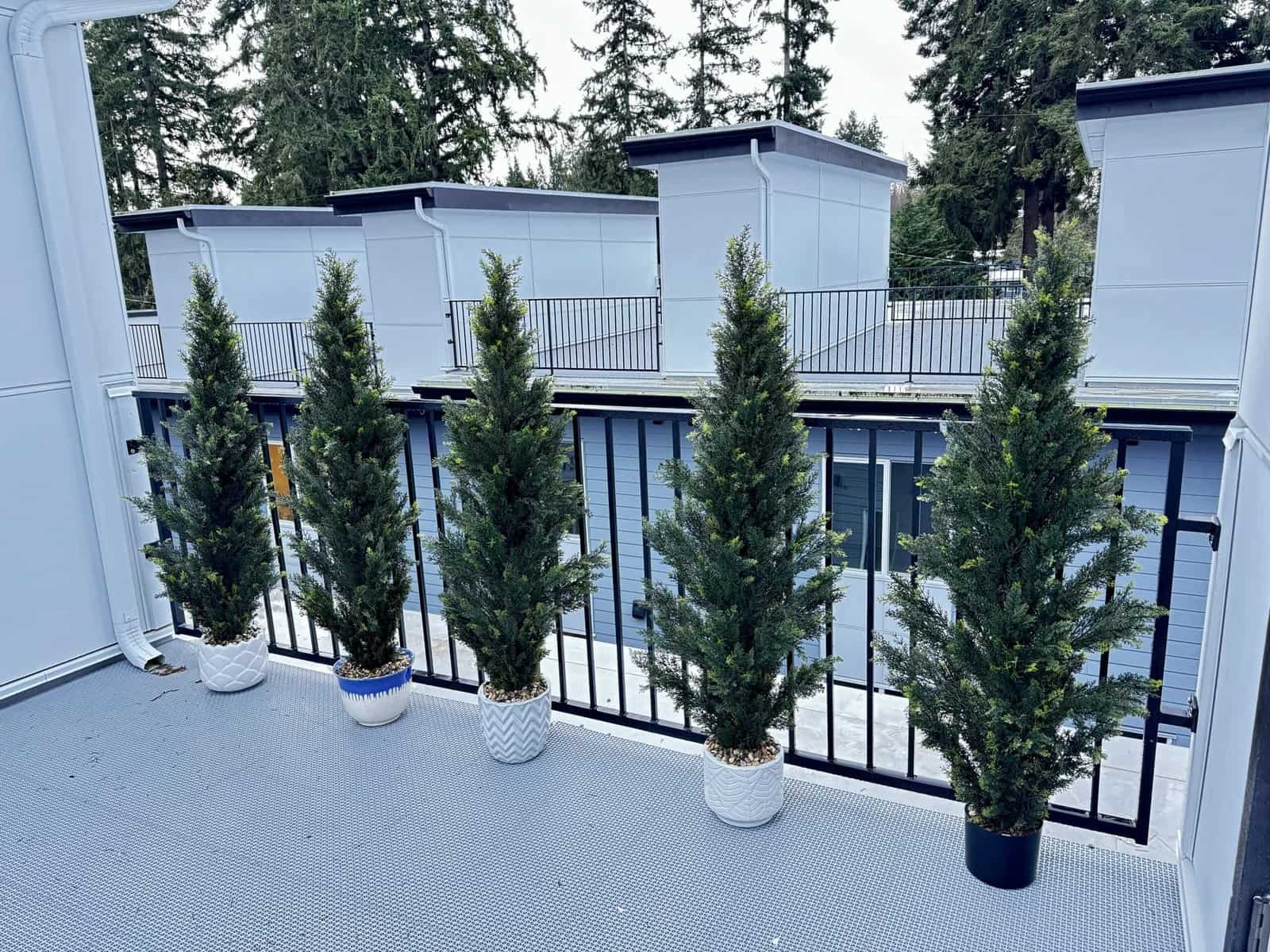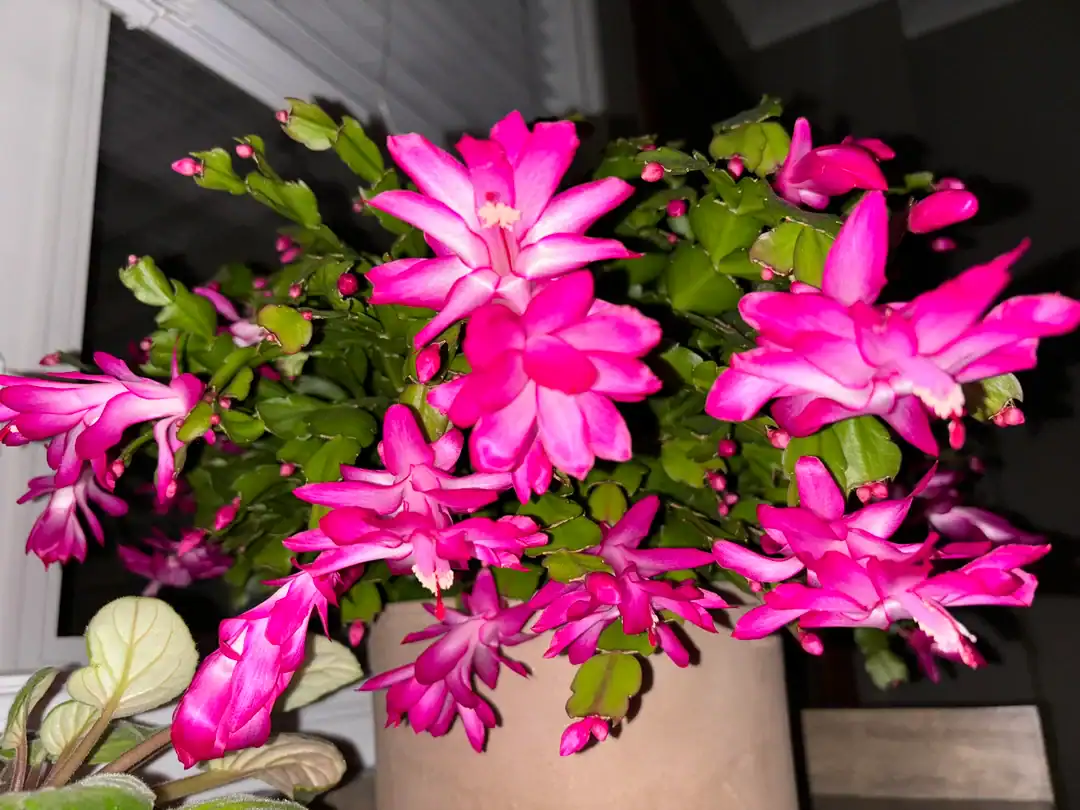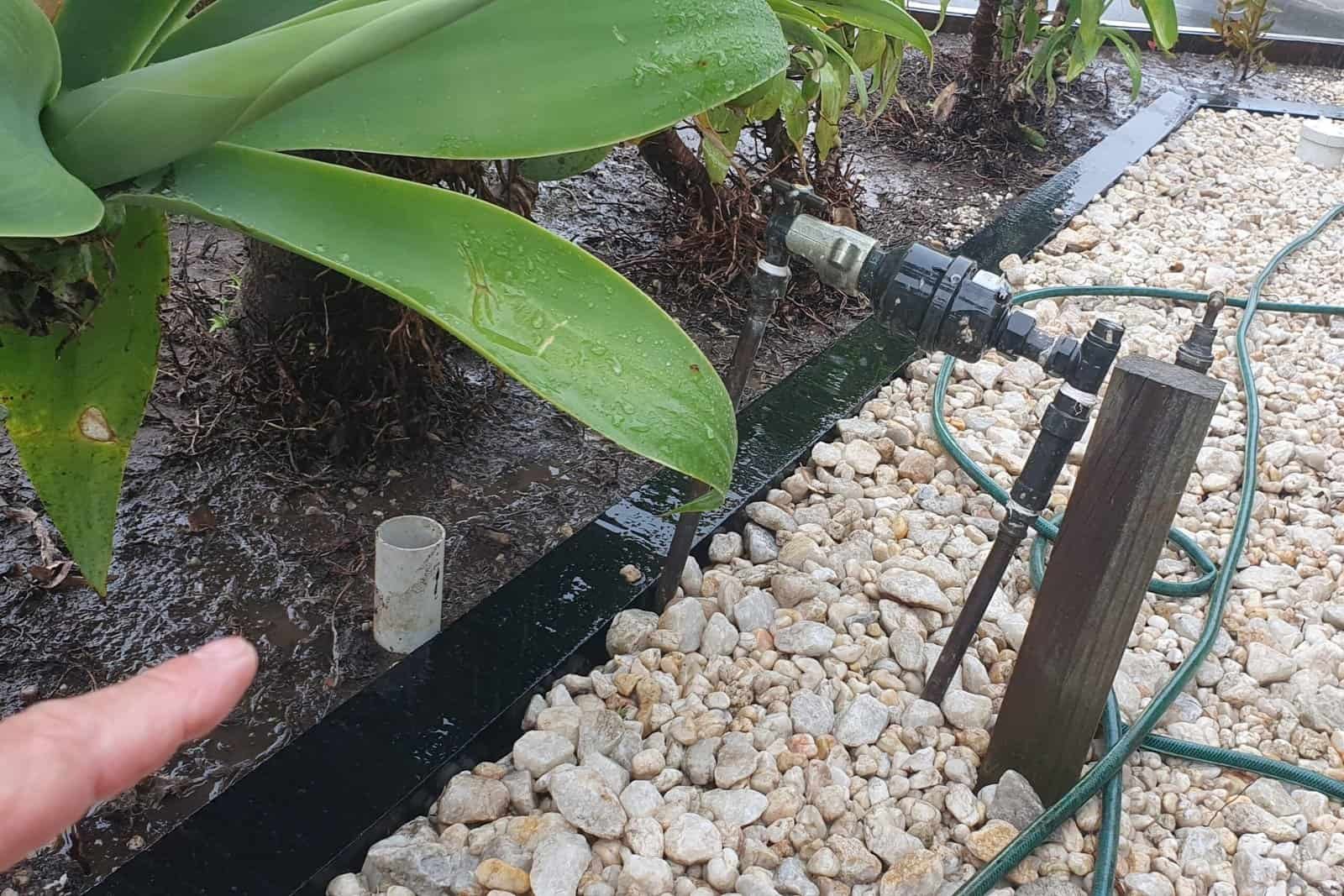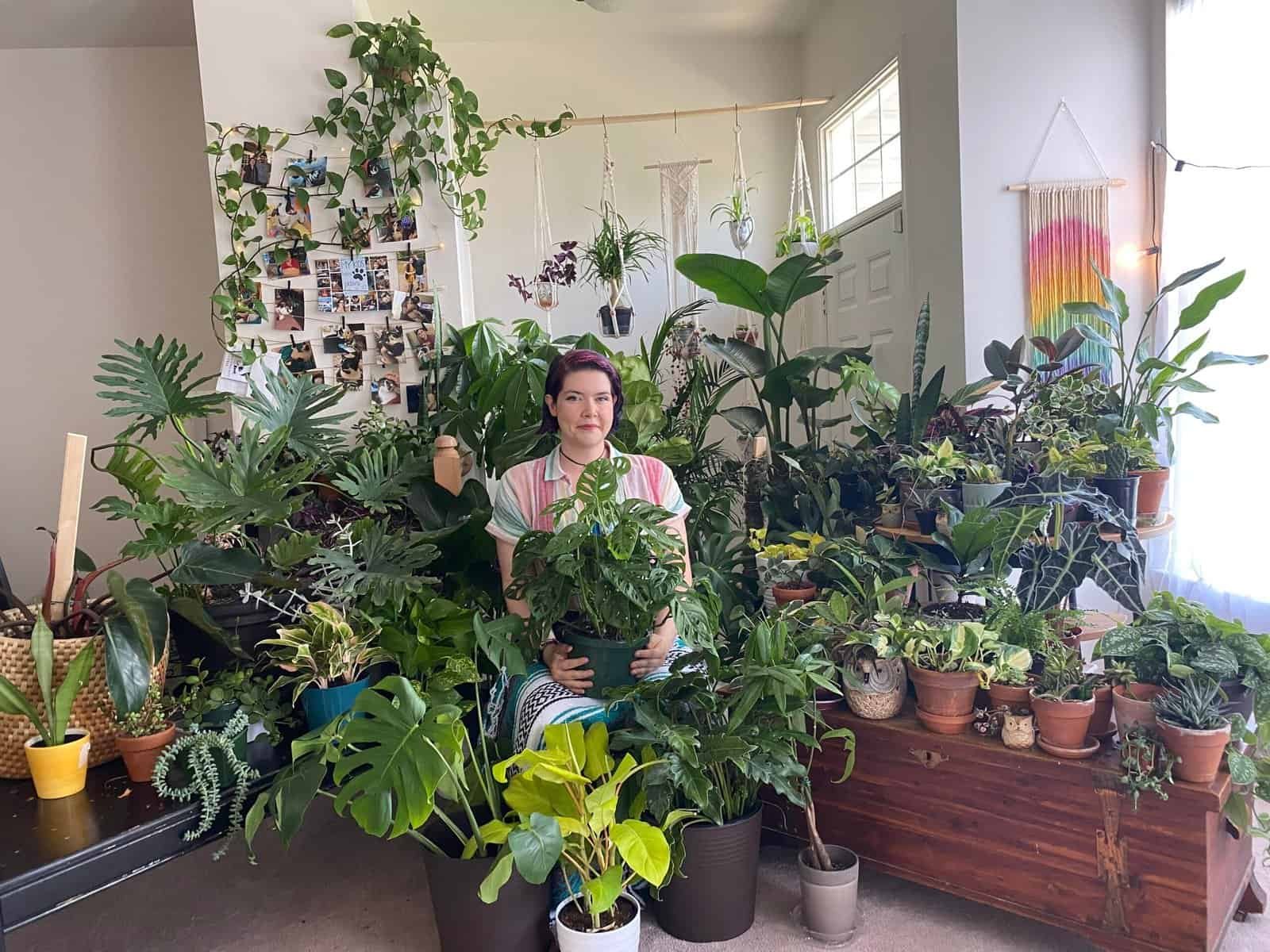Growing big, healthy rutabaga or swede in pots might sound tricky, but it’s totally doable—even in small spaces! I’ve done it myself, and it’s such a rewarding experience.
From choosing the right seeds to harvesting beautiful globe-shaped roots, I’ll walk you through every step. If you’re ready for a clear, hands-on guide, let me share what I’ve learned with you!
Contents
- 1 Choosing the Best Rutabaga or Swede Variety for Small Spaces
- 2 Sowing Rutabaga or Swede Seeds in Pots
- 3 Caring for Seedlings After Germination
- 4 Transplanting to Grow Bags for Strong Root Growth
- 5 Encouraging Root Bulking and Strong Growth
- 6 Harvesting Rutabaga or Swede Grown in Containers
- 7 Wrapping Up
Choosing the Best Rutabaga or Swede Variety for Small Spaces
Not all rutabaga varieties are made for containers, so I always go with the “Champion” variety.
This heirloom type has been around since the Middle Ages in Europe! I love it because:
- It’s open-pollinated and stable
- It handles cold as low as 19°F
- It tolerates heat up to 86°F
- It grows strong and reliably in grow bags
These qualities make it a great pick for growing in limited space while still aiming for a big harvest.

Sowing Rutabaga or Swede Seeds in Pots
Once I pick my seeds, it’s time to get my potting setup ready. This is the foundation, so I always take my time with it.
Preparing the Right Potting Mix
I start with small pots and fill them with finely sifted compost. It’s light and smooth—perfect for tiny seeds. I press it down gently to make sure there are no big lumps.

How to Sow Rutabaga or Swede Seeds
I scatter the “Champion” seeds evenly across the surface. It’s not too thick—just a light sprinkle, so each seed gets space.

Then, I cover them with a thin layer of compost and press down lightly with my hand.

Seeds germinate best at around 68°F, so I keep them in a cozy, warm spot. Finally, I water them gently.

Caring for Seedlings After Germination
Now comes the fun part—watching life begin! Once the seeds sprout, it’s time to give them a better home.
Seedling Transplanting Tips
After six days, tiny green shoots peek out!

When that happens, I prepare a cell tray with four little compartments, each about 2.2 inches deep. I fill each cell with finely sifted compost and level the top.

Using a small stick, I gently lift each seedling, being super careful not to break the roots.

I poke a hole in the compost, place the seedling in, and press the soil around it. Then I water the tray.


Light and Temperature Requirements
I place the tray in a sunny spot where it gets 6 to 8 hours of direct sunlight. This helps stop the seedlings from becoming leggy. These young plants love cooler temperatures—between 50°F and 68°F is best.

Early Leaf Development
At around day 12, true leaves begin to show.

By day 20, my plants look strong and full of energy—the leaves are longer, wider, and a deep green.

Transplanting to Grow Bags for Strong Root Growth
When the seedlings are doing well, it’s time to give them more space to stretch their roots.
How to Prepare Grow Bags
On day 24, I grab four 15-liter grow bags.

For the soil, I mix compost with some wood ash. The wood ash adds potassium, which helps root development.

I fill each grow bag with this mix. Then, I carefully remove the seedlings from their smaller pots.

I dig small holes, place the root balls inside, water them, and cover them with more soil.

Once I finish planting all four bags, I give them another drink.

Mulching and Pest Protection
Next, I cover the soil with spruce shavings. It keeps moisture in and helps stop weeds.

To prevent root flies, I make cabbage collars from cardboard and place them around the base of each plant.

I water around the collars to settle everything in.

Sunlight and Shade Considerations
Swede plants need at least 6–8 hours of sunlight each day. I keep mine in full sun, but if you live somewhere hot, partial shade works too—just expect slightly smaller roots.

Encouraging Root Bulking and Strong Growth
Now that the plants are settling in, it’s time to focus on strong root growth and lush leaves.
Fertilizing for Bigger Roots
By day 44, my plants are thriving! The leaves are big and green.

Around day 60, I use a P-K-rich fertilizer to encourage root bulking.

By day 75, I notice the base of each plant swelling up into a round shape. That’s the roots forming—so exciting! I keep watering regularly and continue with the potassium-rich feed to support growth.

Maintaining Moisture and Plant Health
At this stage, the plants are big! On day 89, the roots below the soil get even thicker, and the leaf canopy spreads wide. I check for pests and diseases regularly and ensure the mulch covers the soil.

I don’t let the soil dry out—lack of water can cause the roots to crack, taste bitter, or stop growing properly.
Harvesting Rutabaga or Swede Grown in Containers
At last, it’s harvest time! But I do a few checks first.
Signs Your Crop Is Ready to Harvest
By day 103, many of the roots are about 3–4 inches wide. The leaves are vibrant, and the plants look strong. I don’t disturb the soil too much—I want them to stay happy!

Around day 115, I gently feel the base of the plants. The crowns are now deep purple, and the tops are starting to show above the soil. I reduce watering a little to bring out the flavor.

How to Harvest Gently and Effectively
Day 125 is harvest day! The roots are nearly globe-shaped, about 4 to 6 inches wide. I use a small trowel to dig around each root and lift it carefully.

What to Expect from Harvested Rutabaga or Swede
The top part of the root is purple, and the bottom is a creamy light yellow. Inside, the flesh is smooth, fine-grained, and a rich yellow.

I love the taste—it’s sweet, slightly tangy, and has a mild nutty flavor. And after a light frost? Even sweeter!

Fun fact: Even though we call swede a root vegetable, it’s technically a swollen stem. Pretty cool, right?
Wrapping Up
Growing rutabaga or swede in containers brings rewarding results with proper care and patience. Following each step closely ensures healthy plants and delicious roots.
Are you inspired to start your own container garden and enjoy fresh, homegrown rutabaga or swede? The journey from seed to harvest is truly satisfying!

